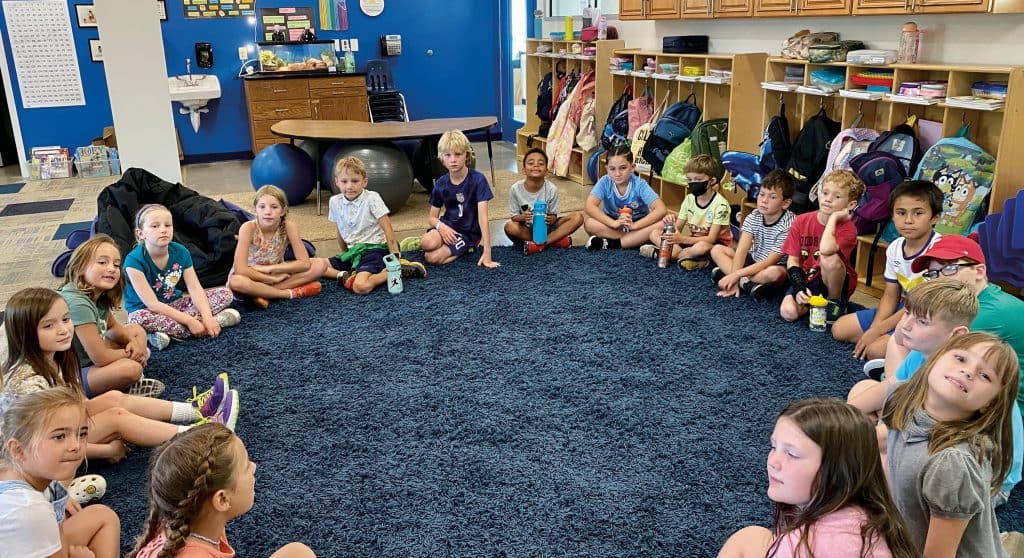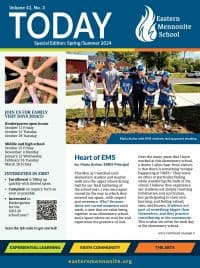EMS creates ways to build relationships with cross-grade interactions. Programs pair MS & HS students (bigs/littles) and EMES lunch seat buddies.
RJ begins before the conflict.
Reflect on your own biases, assumptions, and actions. Consider how you can improve your own behavior and interactions with others.
RJ begins with relationships.
Relationships are seen as central to understanding and addressing conflict. Building rapport is important for effective communication.
RJ is listening to each other to understand.
Try to understand the feelings and perspectives of others, even if you don’t agree with
them. Empathy can help build trust and understanding.
RJ takes two people to work. It’s not ME, it’s US.
Conflict Resolution: When conflicts arise, try to resolve them through open communication and collaboration. Focus on finding solutions that benefit everyone involved.
Community Building: Participate in activities that promote community building and inclusivity. This can include volunteering, attending community events, or joining a local organization.
Educate Yourself: Take the time to learn about restorative justice principles and practices. This can help you better understand the concept and how to apply it in your own life.
Practice Forgiveness: Forgiveness is an important aspect of restorative justice, while acknowledging there are natural consequences. Try to let go of grudges and resentments, and focus on moving forward in a positive way.
“It comes down to the biblical principle of loving the Lord our God and loving your neighbor as yourself. It’s hard and it doesn’t always work right but we are committed to it for a reason. Our teaching staff is really proud of our students for holding the expectations high when it comes to humanity.”
– Shannon Roth, teacher
3 Tiers of Restorative Practice
During a spring panel discussion with current parents and guardians, middle school principal
Erika Gascho taught us that restorative justice can be broken down into three tiers. Restorative justice is not a one-size-fits-all approach, and it can be incredibly rewarding and transformative when done well.
Tier one includes relationship building, which we are already doing 99% of the time. At school, it’s conversations in class that connect students, celebrations throughout the school year, and experiential learning. Getting to know each other is a form of restorative practice. Tier two happens when “this” isn’t going right, how do we solve “this” together?
Tier two happens when ideas don’t align, or a physical or emotional boundary is crossed. It can be a one-on-one conflict or a group challenge to work on.
Tier three are the big issues: when administrators, teachers, and parents are involved to help find a solution. This tier is harder to resolve and can feel like the restorative process is slow and doesn’t work. Tier one and two things are integrated into our daily lives in what feel like easy interactions. Then when tier three happens it feels big and hard, but we grow when working hard together.


